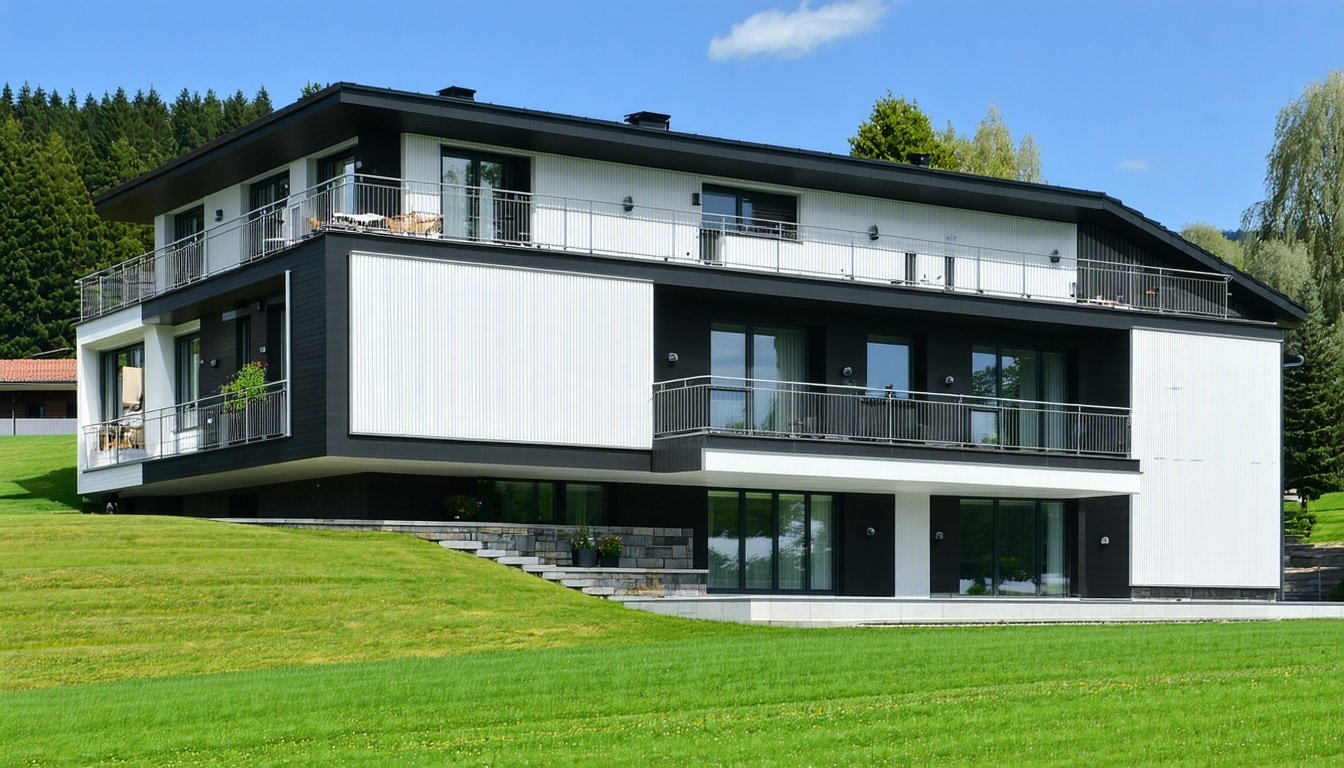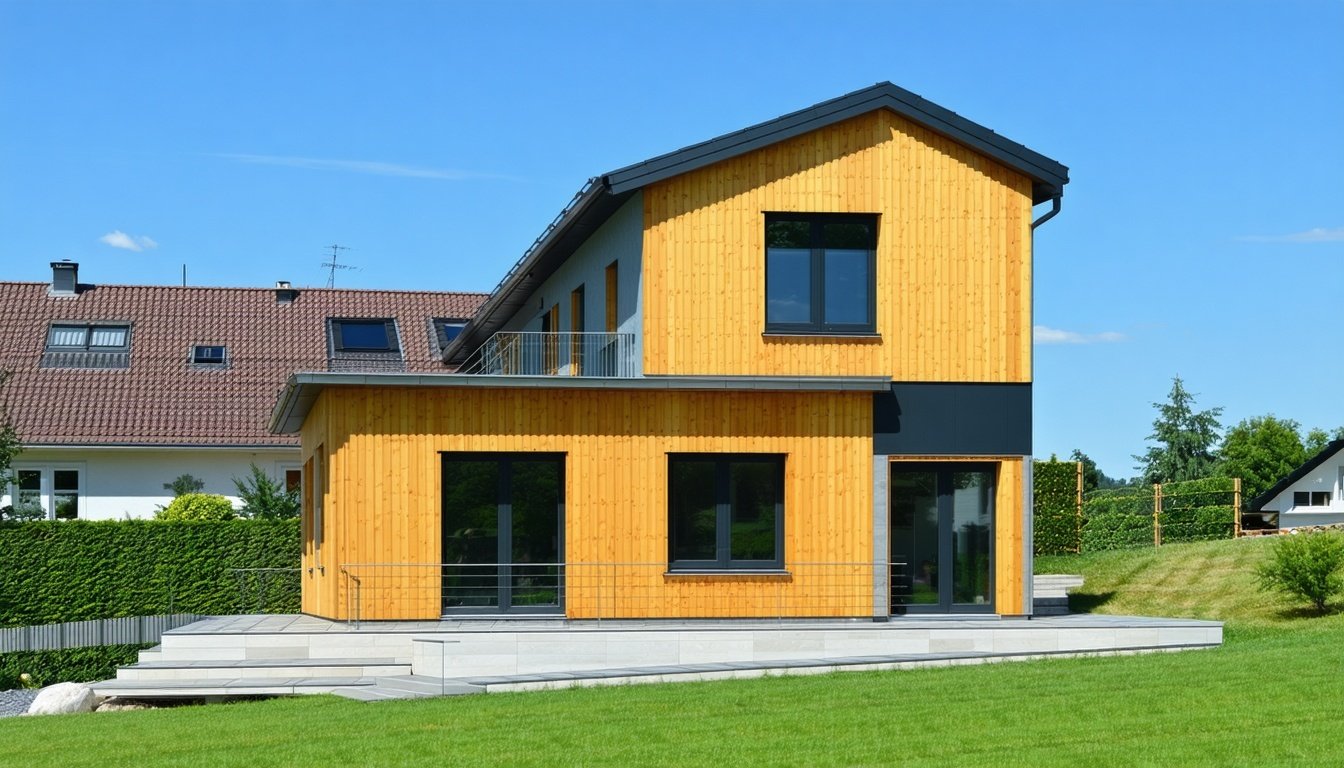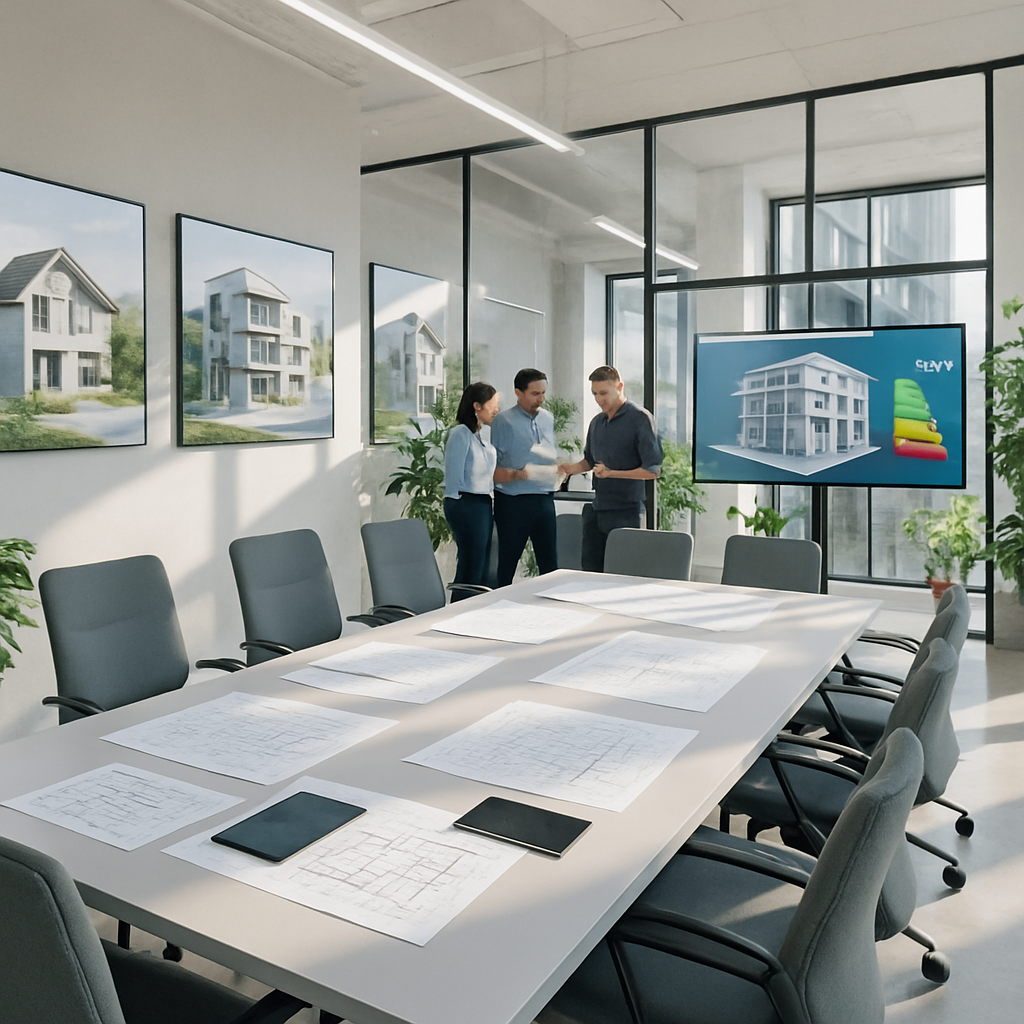Explore how Passive House design is revolutionising the construction industry in Australia, offering unmatched energy efficiency, comfort, and sustainability for the future of living.
The Growing Demand for Sustainable Homes
Australia is witnessing a significant shift in residential preferences as homeowners and developers prioritise sustainability, driven by increasing environmental awareness and evolving regulatory requirements. The demand for homes that minimise ecological impact while maintaining high living standards continues to rise, putting energy efficiency and sustainable building practices at the forefront of the construction industry.
This surge is not only a response to climate change but also a result of government incentives and the long-term financial benefits of reduced energy consumption. Sustainable homes, particularly those built to Passive House standards, have become a benchmark for future-ready construction, setting new expectations for quality, resilience and comfort.
How Passive House Supports Australia’s Net-Zero Goals
Passive House design is engineered to drastically reduce operational energy use, supporting Australia’s commitment to achieving net-zero carbon emissions by 2050. Through rigorous thermal insulation, airtight construction, and high-performance windows, Passive House buildings can cut heating and cooling demands by up to 90% compared to conventional structures.
By integrating renewable energy systems, Passive House projects further decrease a building’s carbon footprint, directly contributing to national emissions targets. Certified Passive House buildings exemplify best-practice in sustainable design, aligning with government policies and industry standards focused on decarbonisation, energy efficiency and climate resilience.
Health and Comfort Benefits
Beyond energy efficiency, Passive House design delivers unparalleled indoor environmental quality. Continuous mechanical ventilation with heat recovery ensures a constant supply of fresh, filtered air, significantly reducing pollutants, allergens and moisture-related issues such as mould.
Occupants benefit from stable indoor temperatures, reduced noise intrusion, and superior thermal comfort year-round—regardless of external climate conditions. These health and comfort advantages not only support occupant wellbeing but also increase property value and marketability in a competitive real estate landscape.
How Certified Energy Can Help You Get Started
Certified Energy is at the forefront of sustainable building consultancy in Australia, offering expertise in Passive House certification, compliance, and energy modelling. Our team guides project owners, architects, and developers through each stage of the Passive House process—from feasibility assessment and design optimisation to documentation and certification.
Leveraging deep technical knowledge and a thorough understanding of Australia’s regulatory landscape, Certified Energy ensures your project meets stringent Passive House criteria while achieving broader sustainability objectives. With our support, stakeholders can confidently navigate the complexities of sustainable construction, ensuring compliance, quality and long-term value.







